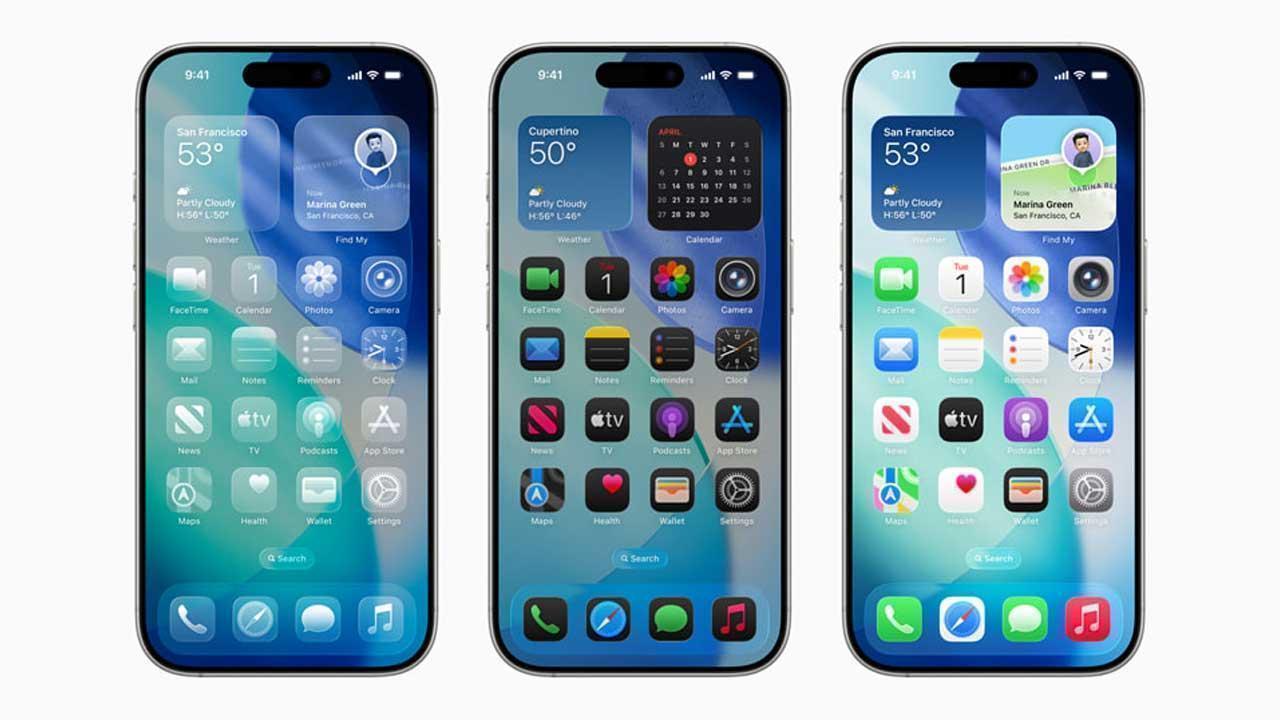The term ‘Liquid Glass’ has become ingrained in our minds, thanks to Apple’s frequent use of these two words. It’s not just a catchy phrase, but a design approach that will soon make its way across all of Apple’s operating systems later this year. If you have an iPhone, the first taste of this will come with iOS 26 beta 1. 
But why did Apple choose this route? According to Alan Dye, Apple’s Vice President of Human Interface Design, the decision was driven by a desire to create an interface that felt more ‘expressive’ and ‘responsive.’
The concept of Liquid Glass might sound familiar, but it has already sparked mixed reactions. Even Samsung couldn’t resist poking fun at Apple, claiming its One UI 7 was the real pioneer, while macOS 26 was reminiscent of the much-maligned Windows Vista. Despite some criticisms, Dye offers insight into the creative process behind the interface’s evolution.
Liquid Glass was inspired in part by visionOS, the interface behind Apple’s mixed-reality headset. Dye explains that the translucent properties of glass and its visual effects when observed through the eyes intrigued him and his team. They began wondering how they could translate these qualities into a software experience. But there was a catch: they had to treat glass in a new way.
After experimenting with Liquid Glass, Dye says the interface feels ‘expressive and responsive’ – like interacting with a liquid form of glass on the screen itself. According to him, it’s a tactile experience that simulates the sensation of pressing through the screen. However, achieving this effect wasn’t easy. As Dye explains, 99% of the work was kept behind the scenes, with only a small portion shown to the public. Designing for simplicity in an operating system, while still pushing boundaries, is no small feat.
The journey to bring Liquid Glass to life wasn’t quick. But in the third quarter of 2025, we’ll see its first major iteration as part of updates to Apple’s operating systems. The Liquid Glass design is expected to evolve over time, but for now, users can anticipate a visual transformation that promises to be both fluid and engaging.
2 comments
Looks cool but what’s the real difference? Apple always calls everything ‘revolutionary’ 😂
I’m curious if this ‘Liquid Glass’ is gonna work well with my iPhone 12. Probably just another bug-filled update..